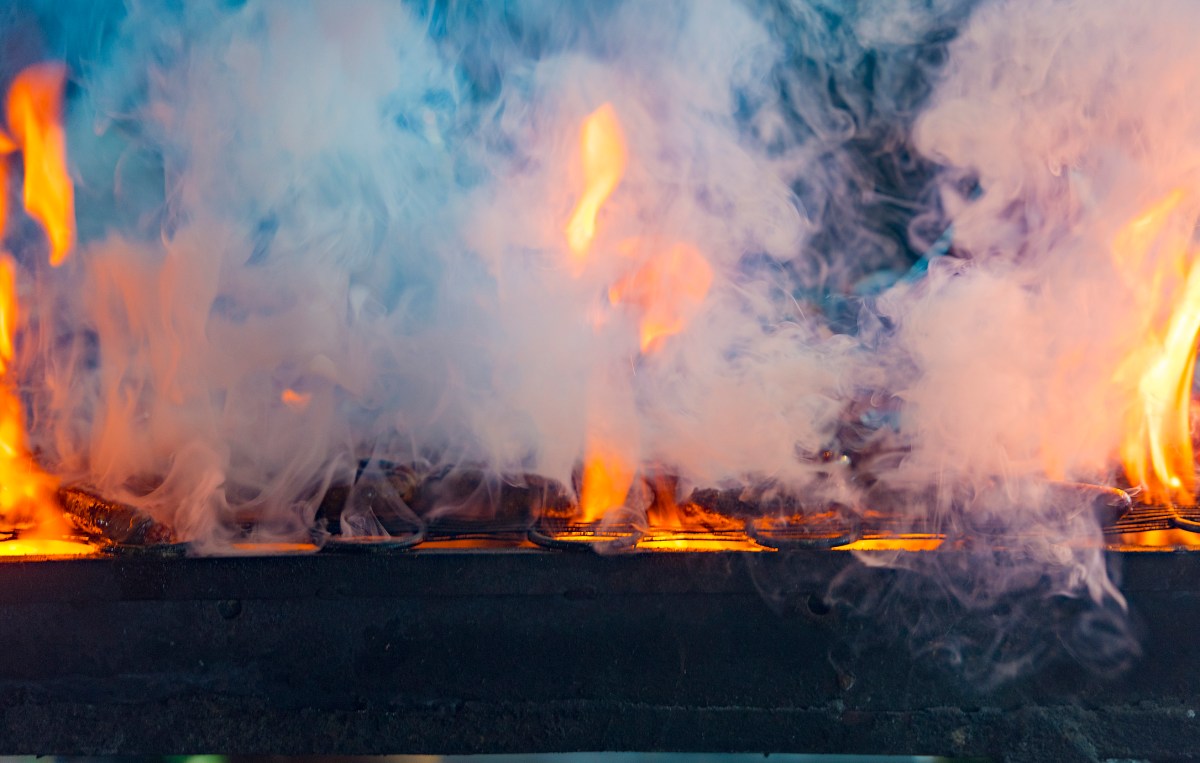As Spring gets underway and attention turns to the great outdoors, Craig Hawtin-Butcher explores the BBQ equipment you need to make the most of summertime foodservice
With the long-term weather forecast already predicting a drier and hotter summer in Australia than normal, hoteliers
should be prepared for another bumper season for outdoor foodservice. We talked to some of the leading barbecue manufacturers to discover the advances being made in barbecue technology, from wireless connectivity to different fuel types and durability, along with the increasing trend for smoke.
“People are barbequing more often and year-round,” says Karen Nguyen, Senior Brand Manager at BeefEater in Australia. “Even though barbeques are synonymous with summer, more and more venues are experimenting with their offering and putting on regular barbeque-themed menus throughout the year.”
But as Nguyen points out, it’s not just the extended nature of the barbecue season that’s changed:
“Once the only requirement was a large grill to cook mass quantities of sausages, steaks and onions,” says Nguyen, “but now versatility to cook a variety of dishes is key – from Sunday roasts, whole fish or sides of salmon. Even
vegetarian barbeque menus are growing in popularity.”
Barbecue wars
With the largest barbecue competition in Australia, the Buffalo Trace Australian Barbecue Wars, just wrapped up at Port Macquarie’s Blues and BBQ Festival, it is clear there’s an appetite among chefs, and diners, to get involved. More than 100 teams, competitors and food vendors from around Australia took part.
The festival hosts an authentic line-up of low and slow style barbecue vendors, live music and craft beer. So far, so unsurprising. But the prevalence of ‘low and slow’-style barbecues is a trend that’s dominating the US outdoor-eating scene and, some say, is beginning to take hold here in Australia too.
The cooking style emphasises the use of real fire from lump charcoal or wood, to produce a low temperature that slowly cooks meat over time. The method allows for meat fats and connective tissues to break down for a more tender result on the plate, but requires careful management in hospitality venues. Luckily, we can reveal an easier
way is possible.
Offset smokers
To achieve these Americanstyle barbecues, consider an offset smoker, also known as a stick burner. These are fuelled by charcoal or wood, or a combination of both. The fire is set up in the firebox and the smoke and heat from the firebox move into the cooking chamber to indirectly cook meats, poultry or vegetables. Foods typically cooked in these smokers are brisket, beef cheeks, beef short ribs, pork ribs, pulled pork or lamb.
An offset smoker requires maintaining the fire to ensure that the fire and cooking temperatures do not drop. These offset smokers are popular with caterers looking to achieve the smoky flavour and the US style low and slow look and feel. But they do require more attention than is possible in many venues.
Gas smokers
For an arguably more workable alternative, consider a gas smoker. These still provide the low-and-slow style of barbecue, with that smoky flavour so popular right now, but since they are fuelled by a standard LPG gas bottle, can be more forgiving. Simply add flavoured wood chips and water and you are set to smoke for as long as your gas supply lasts.
“The type of barbecues that pubs and clubs need has also changed” – Karen Nguyen, Senior Brand Manager at Beefeater
Read the full story below:

